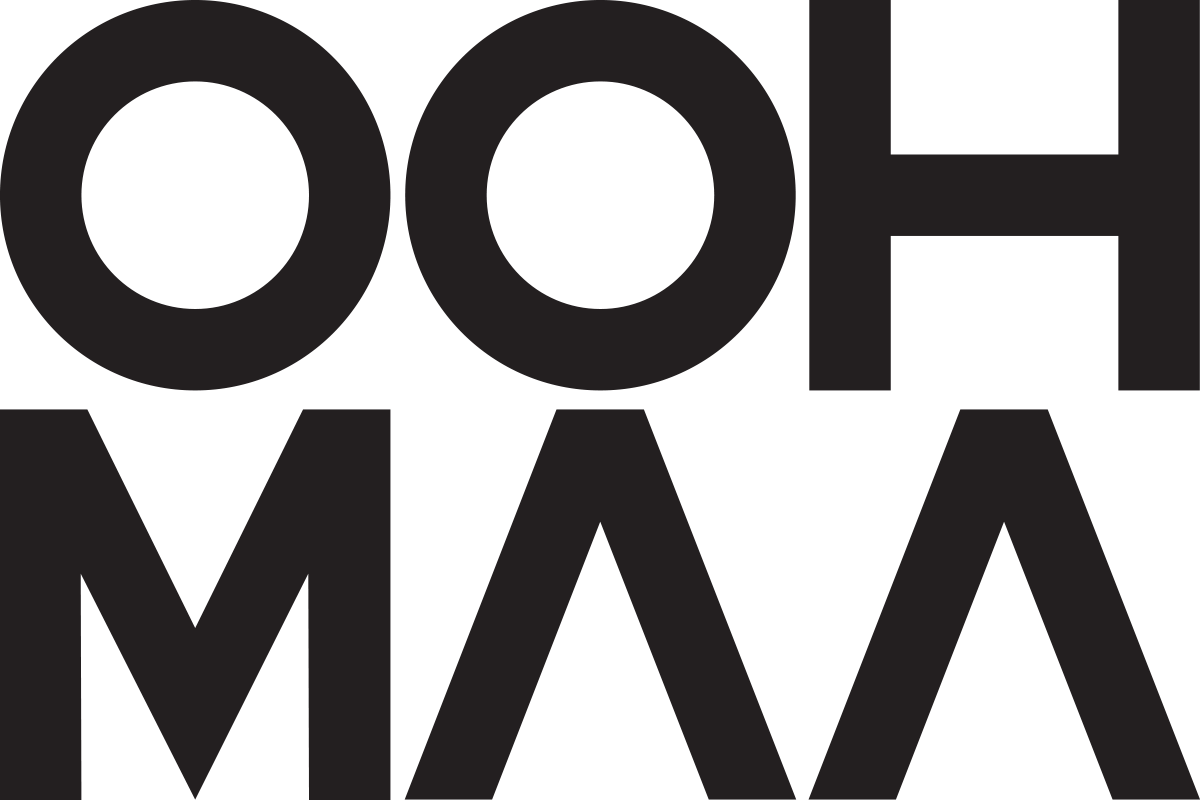Verification – The current status in Aotearoa
It is well known that the dynamic and contextual nature of Digital Out of Home (DOOH) is being embraced by advertisers and agencies alike and is a significant contributing factor to the continued growth of Out of Home.
As the ongoing and ever-increasing demand for DOOH grows, so does the need for independent verification - having this additional layer of transparency has been welcomed by OOHMAA and its members, with the vast majority already engaged with various third-party verification companies.
Like most businesses, verification companies have slight differences to set them apart from their competitors; differences such as toleration levels and measurements of key metrics e.g. length, share of voice, number of plays, exposure time and number of panels.
A uniform and agreed-upon approach to verification was identified as essential in the Australian advertising market nearly two years ago. Since then, work on developing this verification standard has been led by the OMA and the Outdoor Futures Committee in consultation with OMA Members, verification companies and advertising agencies. Progress on developing these standards has been thorough, consultative, robust, and lengthy and should be published in early Q3 2022.
With many of the advertising agencies, Out of Home owners and verification companies contributing to this standard in Australia also operate in New Zealand, adopting this standard makes a lot of sense. A dedicated steering committee (members of vendors and agency Partners) will analyse the final standard to determine its transferability to our market and hopefully have the standard ready for NZ's market in early Q4 2022.
Until a verification standard is operational in New Zealand, below are six key questions to ask when trying to determine which verification company best delivers your company's needs:
1. What third-party verification method do they use?
Putting aside the complex jargon many adtech, software vendors and martech companies use with marketing the third party verification (TPV), the reality is there are really only three TVP methods to report and accurately verify campaign delivery;
• Physical inspections
• HTML verification
• API-connected system-event verification
2. Will there be any disputes about the accuracy of the data? If there are, what is their policy for resolution?
3. What is the impact on existing workflow, processes and deadlines for DOOH planning, campaign implementation and reporting?
The impact on workflow needs to be considered for all parties involved in the verification process; media agencies, media owners, creative agencies, and clients, as some verification companies’ systems may have a more significant impact than others.
4. Is this solution scalable if agencies want an 'always on' approach to verification - every play, every campaign, and every client?
5. Is there verification of classic installations? Is it measured in the same exacting standards as digital panels if classic panels are included?
6. What standards of data and technology assurance are the verification companies working to? Who will be assessing that?
The development of an industry-accepted verification standard alongside an industry audience measurement system means in 2022, Out of Home in Aotearoa will become easier to measure, more transparent and more accountable than ever before, potentially more so than any other traditional media channel allowing Out of Home to justifiably claim a more significant share of the media budget.

